May 22, 2019
Sell that first augmented reality project: Our 8-step guide to getting it done and getting promoted
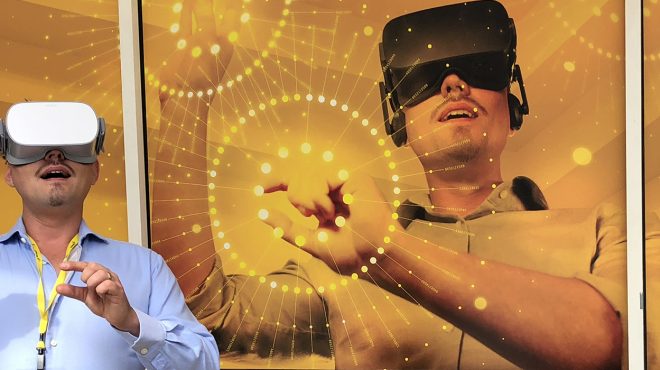
Augmented Reality | B2B | Digital | Realities
Augmented reality and virtual reality have been around for years. And new hardware advances have also brought new technologies like spatial computing, mixed reality and 360 video into the fold, as well. If some of those terms are new to you, check out our infographic: Which reality is right for you?
Sure, the entertainment and gaming industries have embraced AR and VR, at least as a profitable novelty, but other commercial applications are few and far between. So what’s the deal with these two promising technologies’ failure to launch, a la Matthew McConaughey in 2006?
The tech ain’t broken. The pitch is.
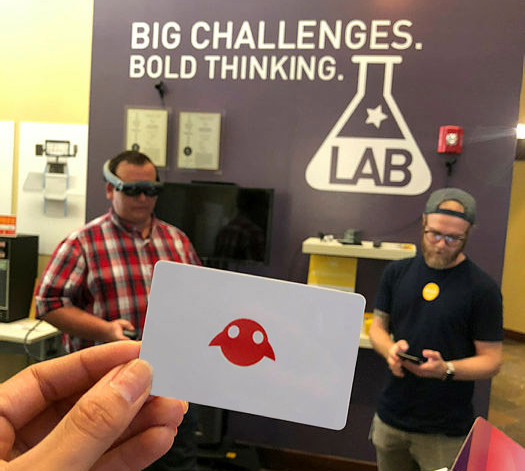
The tech is there. The experience is there. With untethered hardware like Oculus Go and Magic Leap One, there’s literally nothing holding these platforms back.
No, the problem is the pitch. Currently, small creators and specialists are turning out incredible stuff, while the Fortune 500 keep doing what they’re doing – because there’s not an economic impact with the wait and see approach.
“The most successful mixed reality applications of the near future will not just rely on the latest platform features, but also carefully thought out roadmaps based on upcoming advancements in surrounding technical infrastructure, be it peripherals, IoT, geospatial, or otherwise.” Tim Stutts, Interaction Design Lead, Magic Leap.
Candidly, even though we’ve been following Tim Stutts’ advice above, our success rate pitching AR and VR content as part of our roadmaps is well below our average for other ambitious, big-budget undertakings. Yes, there are always one or two enthusiasts in the room who want to dig into those stories – with at least twice as many folks sitting back with that look in their eyes that says, “OK, but show me what else you’ve got in this reality.” Inevitably, they get deprioritized or sent to the oblivion that is Agile Roadmap’s dreaded below the line.
“The most successful mixed reality applications will rely on carefully thought roadmaps based on upcoming advancements.”
But this is the year for that first killer app
And you’re the one to do it – or else you wouldn’t be reading this. Seriously, in the next 12 to 18 months someone’s going to charge out of the gates with a perfect commercial execution. And then we’ll be in the same position as the last two major disruption cycles – ecommerce and social media – where the demand outstrips the supply of qualified providers to plan and create content.
We don’t want any of our clients on the next large-scale shifts in market share.
So, without further ado, here’s Starmark’s definitive guide to get that first AR or VR project done – and probably get promoted for it.
Step 1: Get hands-on with the platforms
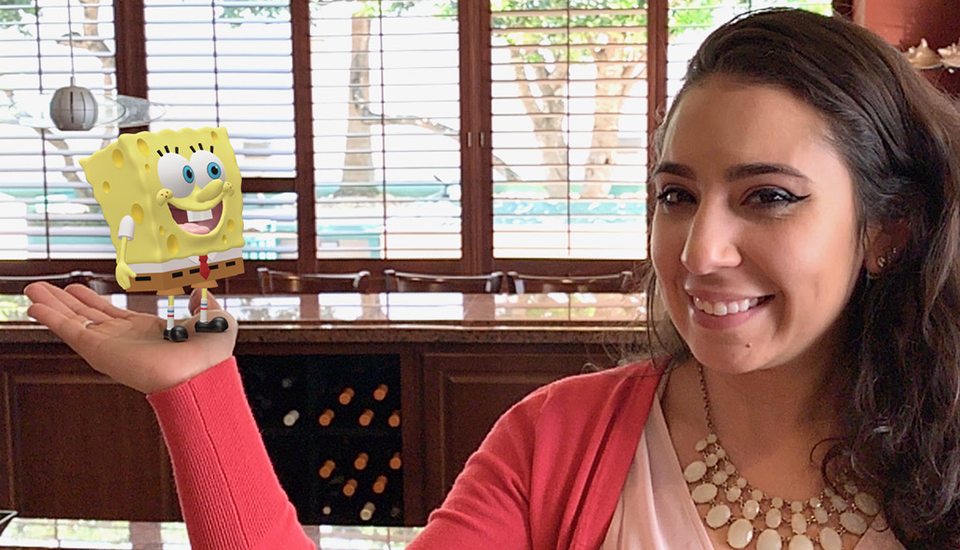
There’s no replacement for getting hands-on with the technology. So get out to your nearest maker space, meetup, experience center or rich friend’s living room to try all of the available platforms for yourself. Starmark offers hands-on sessions that allow you to experience the possibilities, differences, nuances and potential applications of several different platforms. We do it because it’s the quickest way to create understanding and come to that “what do we do with it” moment in the conversation.
Typically, we start with iDevice-based ARKit applications, progress to Oculus Rift/Go and Vive immersive VR before moving the Microsoft Hololens and Magic Leap One. We also touch on how 360 photo and video experiences or USDZ browser experiences can be a stepping stone to more intensive AR and VR undertakings.
There’s no replacement for this step. All the reading in the world won’t help you understand how a platform could fit your idea better than putting it on your head or in your hand. By trying out manufacturer demos and third-party applications you can understand what platform best fits your company and your big idea.
Step 2: Make the impossible possible

Want to make the job of selling your idea a whole lot easier? Just show how it enables your company to do something it currently can’t. If there’s market opportunity and money to be made, you’ve got a pretty convincing case to get it done.
We know this to be true because we see it every day: in every company, at any given time, there’s at least one executive somewhere thinking, “Ugh, I just wish we could [insert golden opportunity here].” It could be that your humble AR or VR idea is the answer to that frustration.
That bodes pretty well for you finding a niche where an AR or VR idea could save the day at your company.
Step 3: Understand the Audience and Journey
One of the best ways to set yourself up for success is to understand what audience your idea is for. Give that person a life and a name. Sometimes we call this a “persona.” Why would this person like or use your idea? Why would he/she find value in it? Does it meet some currently unmet need he/she has?
These important questions will help you understand if your idea actually has an audience. Because without someone who wants it, it’s not going anywhere.
Now figure out where it matters.
Work through how your idea fits into a customer journey. It could be a new pathway. It could be a way to enhance the efficiency or effectiveness of a current pathway from I don’t know you to I love what you do.
Either way, a journey will help you show how your persona intersects with your company’s business interests. Do you need more of this type of customer to meet some new or existing goal? Does your idea make the journey easier, more rewarding or more straightforward? Does this journey figure more largely into your company’s future strategy? Solid journey mapping will help you answer all of these questions with confidence – and it will help you hone in on your AR or VR idea’s true purpose and value.
Step 4: Do a solid SWOT

A good idea gets stronger when subjected to a little stress testing and validation. So, while it may sound corny and old school, put your idea through a SWOT analysis. We use the Adobe Kickbox Canvas, but the goal is the same – to show that your idea is actually a good idea.
By articulating what’s strong or weak about your idea, you get better at navigating future conversations where those questions are going to come up. By thinking about the opportunities and threats, you can better demonstrate how the upside outweighs the downside – or discover the tweaks you can make to help swing the balance. Here are a few starter questions:
Strengths:
What does your idea have going for it? What does it do extraordinarily well. Why is your chosen AR, VR or MR platform a natural vehicle for the idea?
Weaknesses:
What headwinds will you face with this idea? Are there factors outside your control that could limit its effectiveness or potential? Be honest, and note where hardware availability, platform acceptance or interest could be an impediment.
Opportunities:
This is where your customer insight and journeys come into play. Demonstrate what opportunities your idea opens that would be previously unachievable. Show how this provides a definitive business benefit (and maybe a leg up on the competition).
Threats:
This one should be easy. AR, VR and MR ideas are usually still perceived as big-ticket expenditures, even if that’s not always the case. We’ve created successful ARKit apps for less than $100K. VR experience developments, too. And we’ve completed USDZ web components for less than $10K. The fact is, price doesn’t have to be a barrier, but you’ll still have to contend with the perception of cost and lead-time concerns that go along with a large-scale digital project. And remember, just because you don’t think these are risks doesn’t mean everyone you have to convince will feel the same.
Step 5: Have a tight data game
Now that you’ve demonstrated WHO your idea is for and WHERE it matters in the journey, you need to show WHY it would be crazy not to do it. And there’s nothing like a few solid data points to bolster your case.
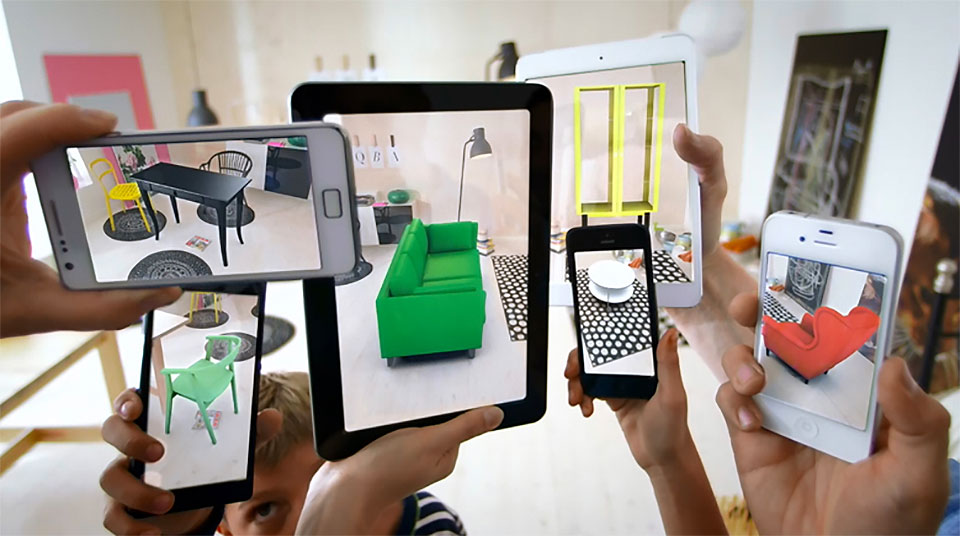
Perhaps your company has drop-off issues in the purchase funnel that an immersive or augmented experience could help limit. Maybe you can identify some unserved potential market that your idea is perfect for. Go looking for the data that shows the things no one knows is broken, and you’ll be speaking a language everyone on your executive staff understands.
Even if your organization is full of big-picture dreamers, there’s still an accountant lurking somewhere and waiting to burst your bubble if you can’t make a solid case. Long story short, make your story two parts data for every one part promise.
Step 6: Pick the right time and place to pitch
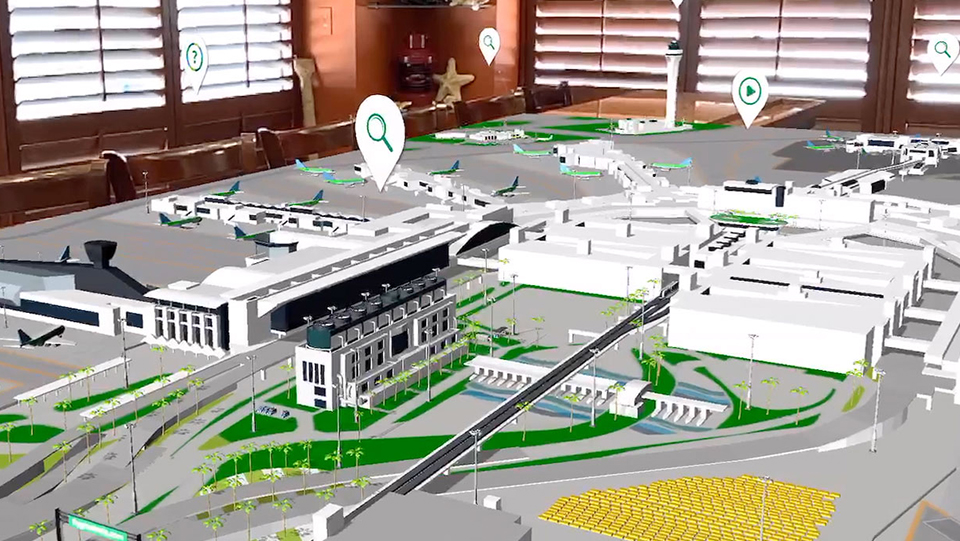
Imagine this, you’re in your awesome C-suite office. You’ve just finished up a quarterly budget review meeting that was scheduled for an hour and a half but dragged on for three hours. Now you’re rushing to catch up on email. One grabs your eye with the subject line: VR Project Idea.
Now, if this was you, would you commit to diving into what’s inevitably going to be a long, cerebral read? Or would you first try to knock out a few of those red exclamation points lurking further down in your inbox?
You’d choose option 2, just like your boss would.
Choose the right venue
Don’t let your idea die as an inbox veto. It’s your idea and your chance for greatness. Don’t squander it with an email when you have the power to choose the right venue to get your big project out there. Here are some suggestions:
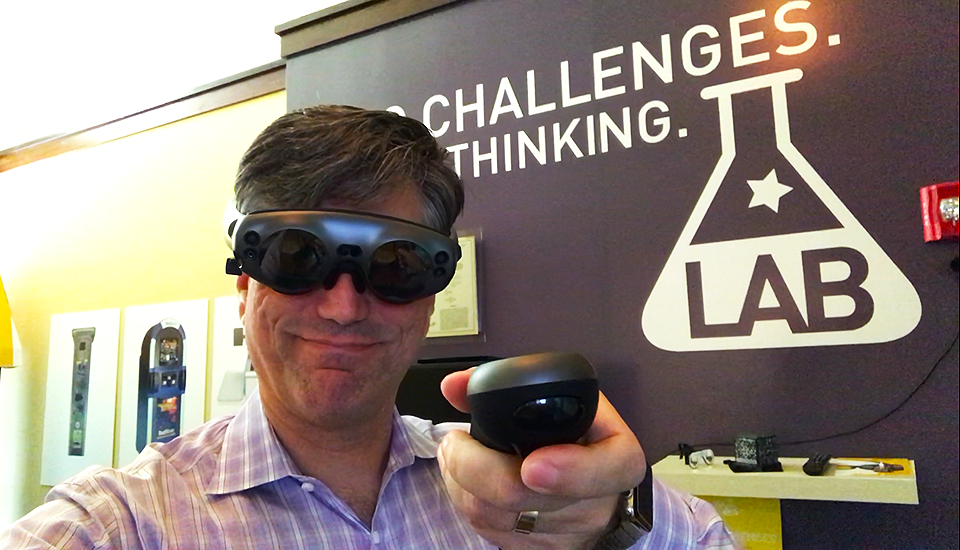
Find an example to demo.
Seeing is believing, so having an example or examples that demonstrate elements of your idea can be a powerful tool. Allowing people to see or get hands-on with the concept is a critical step to helping your organization treat AR, VR and MR as business fact instead of science fiction.
Understand your company’s annual planning cycle.
And start positioning 3-6 months ahead of the beginning of a new fiscal year. That gives you the chance to tag onto the end of the current budget year if there’s money left over – and it gets your project to the front of the line for the next budget year.
Look for open forums or innovation programs.
Some companies offer innovation programs or an open forum for new ideas. Get your idea out into these venues. Best case, you get fast-tracked. Worst case, you get some helpful feedback and a few new fans to help you push forward.
Does your company work with outside technology companies or marketing agencies?
If so, they’re going to want to hear your idea. An agency or technology partner can go a long way to adding credibility to your idea and helping refine your pitch. Plain and simple, this is a friendly audience with every incentive to help you succeed.
Step 7: Find a small starting point
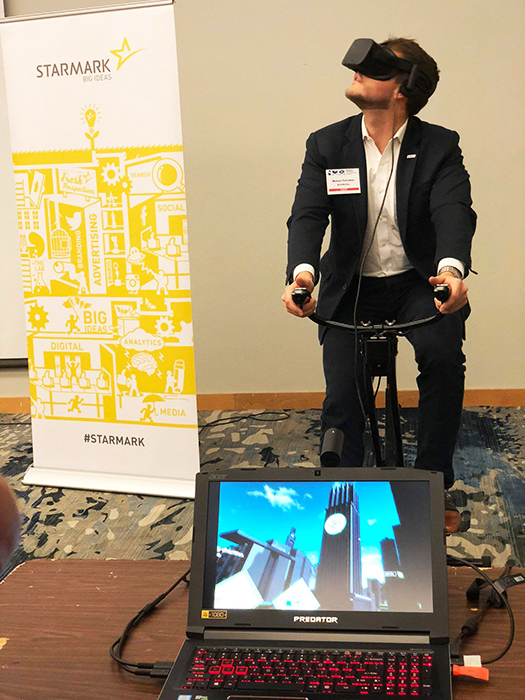
In general, marketing folks aren’t great at the lean manufacturing/product development approach of creating a prototype and then steadily testing and iterating to create a finished product. More often, in marketing, an idea goes from nothing to completely “finished” without much input, testing or feedback to prepare the end product for the real world.
When creating an ambitious venture in AR, VR or 360, it pays to work more like a product developer than a typical marketer.
Try starting with an MVP

“Is Katy really having a beer with her coffee?”
A minimum viable product (MVP) is a term from the startup world. At Starmark, our Lab uses the term Minimum Testable Product (MTP), since our goal is to get a project off the ground quickly and go through several cycles of refinement with input and feedback from real-life users before we consider the work “finished” and ready to ship.
On your breakthrough AR or VR project, think about how you could first create a small MVP (or MTP) version that you can build upon and refine. The benefits are a process that’s both more time and resource efficient, which is why startups have a tendency to use this methodology. Also, at the end, you have a very compelling case, based on real user data, that your idea works in the real world.
Step 8: Make it real with a roadmap

The most important thing you can do to get your big idea off the ground is to roadmap a real, executable way to get it done. After all, having the grand idea is the easy part; it’s putting together a plan to make it real that helps overcome the skepticism that’s a natural enemy of any new idea.
Extra Credit: Think through the earned media opportunities
That first commercial breakthrough execution of VR or AR in marketing, sales or content will become news, in and of itself, especially if the application has a clear public interest or you’re the first in your industry. That’s a storyline with news value for the trade media and the wider press.
Talk to your communications or PR department to understand what trade media, technology media and other outlets might make your idea even more appealing with earned media potential.
Now go forth and conquer!

That’s all the advice we have, save for this one last piece. If you’re looking for a team to help you do something extraordinary in the AR, VR or Spatial Computing space, get in touch. Creating great AR, VR and MR applications is always at the top of the Starmark Innovation Lab’s to-do list. We’ll help you roadmap a way to get there.
